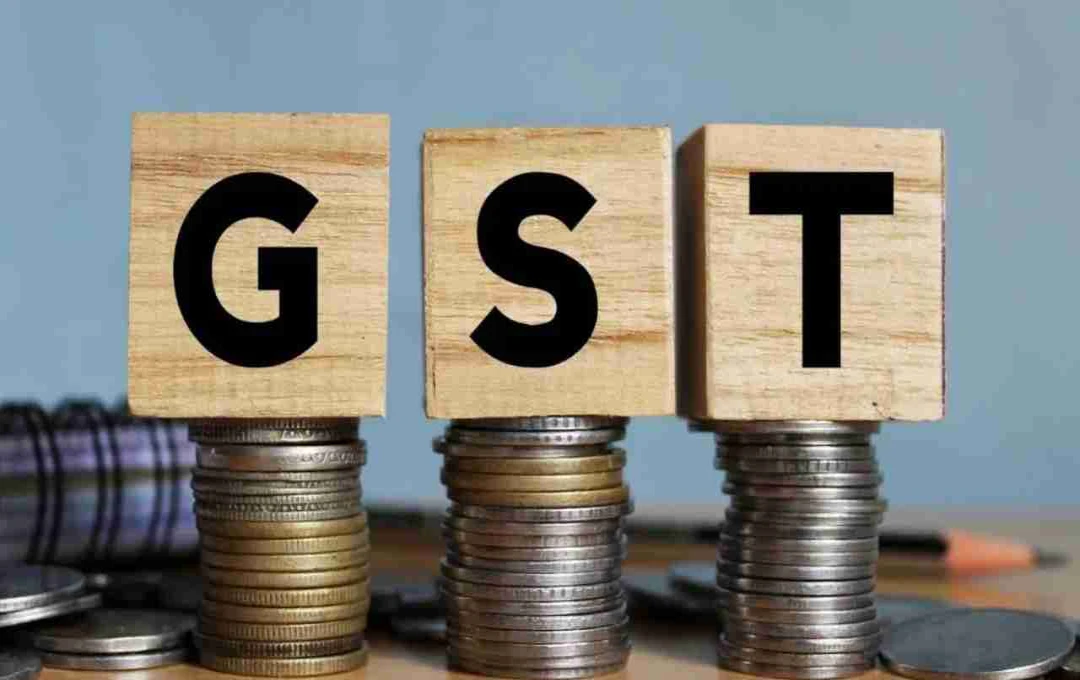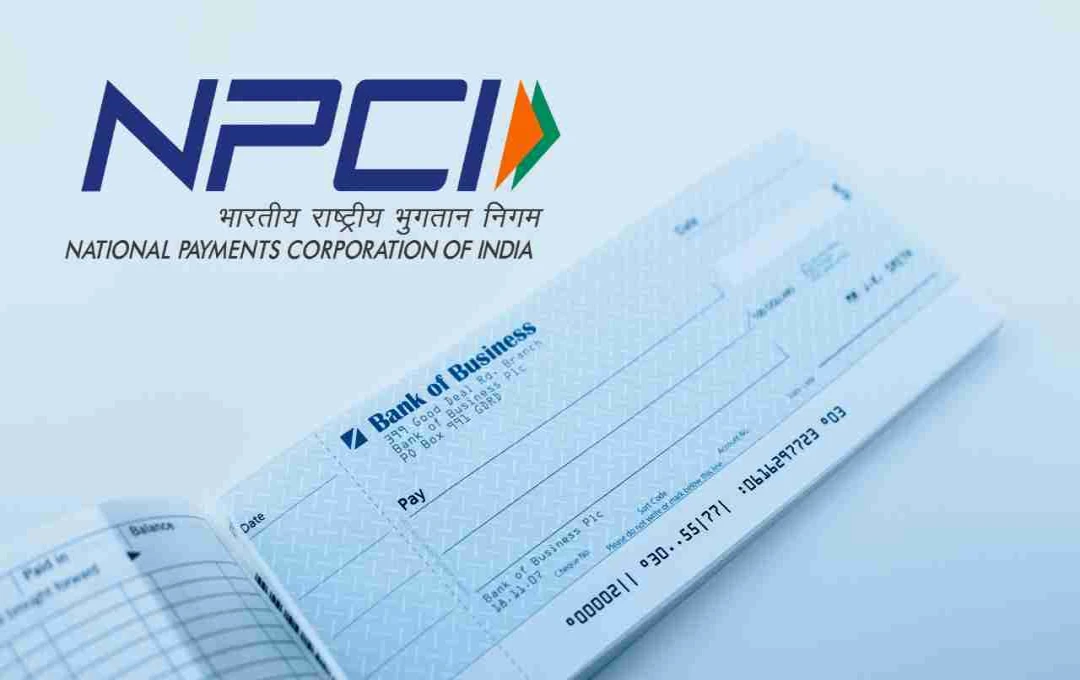If you are running a business or planning to start one, this news is very important for you. A major change has been made in the rules related to trade.
An important piece of news related to GST has emerged for the business world. The Ministry of Finance has issued a new circular, which introduces a new mechanism for resolving cases related to show-cause notices. This mechanism has been implemented under sections 107 and 108 of the Goods and Services Tax (GST) law. Its aim is to make the appeal and review process transparent, structured, and time-bound.
In the past few years, the GST Intelligence Agency, i.e., DGGI (Directorate General of GST Intelligence), had issued a large number of notices to several sectors. These primarily included banking, insurance, e-commerce, FMCG, and real estate sectors. All of these were accused of tax classification issues, invoicing irregularities, and claiming fraudulent Input Tax Credit (ITC).
Central Government's Major Step, Relief for Taxpayers

Through the new circular, the government has established a clear and formal procedure for resolving these disputes. Now, taxpayers can take action according to the prescribed framework for appeal and review upon receiving a show-cause notice.
Under Section 107 of the CGST Act, the format for filing an appeal and the entire procedure have now been clearly defined. Similarly, under Section 108, the role of the officers, the review process, and the timelines have also been determined. This ensures that no case will remain in a state of uncertainty.
This circular is mandatory for all senior central and state GST officers across the country, leaving no room for any discrepancy or confusion.
Responding to Show-Cause Notices Will Now Be Easier
Now the industry will have a formal way to respond to and resolve notices. Earlier, upon receiving a GST notice, taxpayers were unclear on how to respond and what procedure to follow. This caused problems for many small and medium-sized enterprises.
Now, under the new system, separate timelines have been set for both appeal and review after receiving a notice, and the responsibility of the officers at each stage has also been fixed. This will allow disputes to be resolved on time, and businesses will not be disrupted.
The Number of Pending Cases Will Decrease

The government has repeatedly stated that it wants to reduce the number of litigations in tax matters. Under this policy, the dispute resolution system is now being made more effective.
In recent years, the DGGI had sent thousands of show-cause notices. The validity of a large number of these notices was questioned, and several cases are pending in the courts. With the new circular, it is expected that not only will taxpayers get relief, but the burden of legal cases will also be reduced.
Transparency and Accountability Will Be Ensured
The government claims that this new system will increase transparency in GST administration. Now, taxpayers will know at which stage their case is and with which officer it is. Furthermore, it will also be determined within how many days the case needs to be resolved.
According to the new guidelines, the appeal officer and the review authority will now have to take action within the specified time frame. This rule will also apply to all states and union territories.
A Step Towards a Business-Friendly Environment
The industry has welcomed this step by the Ministry of Finance. Business organizations believe that this will make the GST system more practical and business-friendly.
This initiative by the government clearly indicates that it now wants to prioritize collaborative relationships with taxpayers more than tax collection. In this direction, the government has made several changes in the past to simplify compliance, such as expanding the scope of the composition scheme, reducing the number of GST returns, and starting facilitation centers for small taxpayers.















